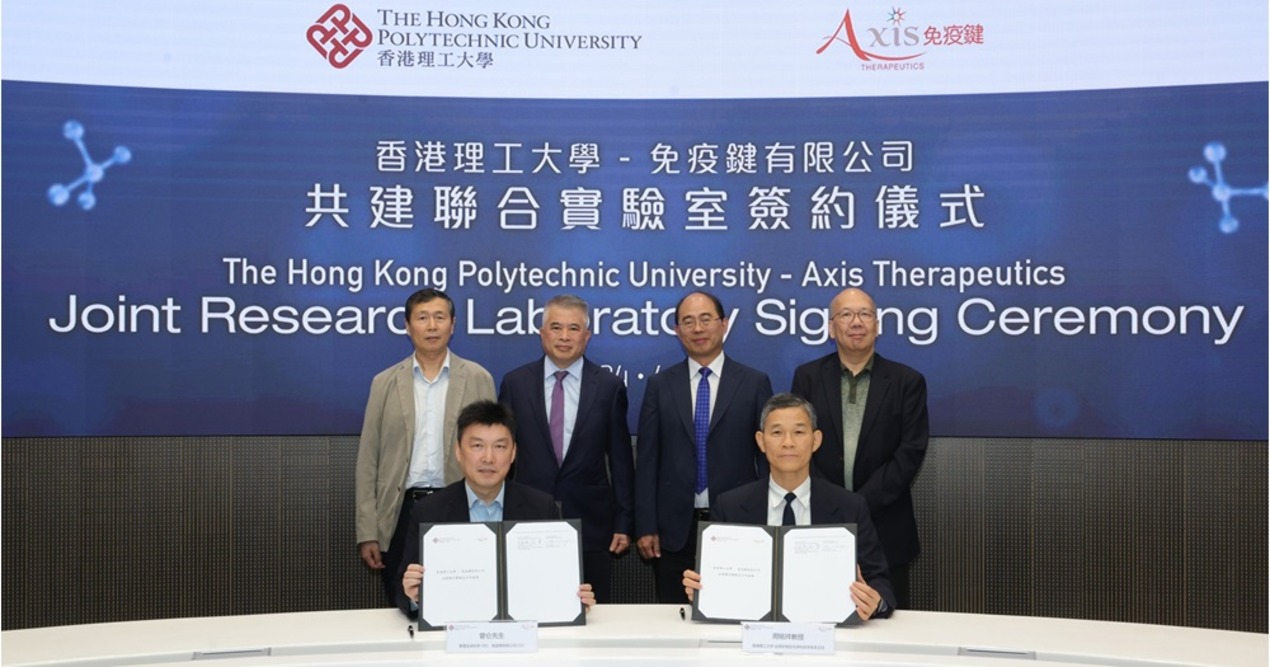On 17 May 2018, the Singapore OpenGov Leadership Forum
2018 gathered around 400 government officials and senior technology executives
from across the Singapore Government to discuss the opportunities and
challenges of digital transformation.This
year marks the 4th run of the OpenGov Leadership Forum in Singapore.
OpenGov Leadership Forum seeks to provide an opportunity for government
officials, industry experts and distinguished international speakers to come
together to exchange ideas and learn about the latest developments in the
public sector technology landscape.
In
the afternoon, participants were divided into four streams to deep dive into
key specialised areas of digital transformation in the public sector. The four
streams were: SecureGov, PredictGov, MobileGov, and ConnectGov.
SecureGov
The
SecureGov stream discussed cyber and physical security, emphasising on the
interconnectedness between the two.
Officer, City of Los Angeles
Mr
Timothy Lee, Chief Information Security Officer, City of Los Angeles, kicked
off the SecureGov stream with a sharing on the future of cybersecurity. Based
on his experience as a CISO, Mr Lee spoke on the cyber strategy for securing
digital government.
In
developing a cyber strategy, he emphasised three points: (1) humans remain to
be the weakest link in cyber defence, (2) learn from war strategist, and (3)
the importance of collaboration. As such, cyber defence strategy should “secure
the human” through security awareness and training and adopt an Assume Breach
Strategy to boost cyber defence readiness. He also highlighted the importance
of developing cyber situational awareness and threat intelligence to navigate
the fast-changing cyber world. In face of emerging cyber threats, Mr Lee
iterated the important of cyber collaboration to strengthen defence. In this,
he urged government representatives to actively participate in local and global
cyber collaboration, forge public private partnerships, and form a cyber
alliance for collective defence.
Mr
Mohit Sagar then facilitated a gamification which was uniquely designed in
collaboration with Kaspersky and Citrix to serve the needs of Singapore
government IT professional. The exclusive gamification scenarios were designed
based on real-life scenarios, with analysis and debrief to give attendees real
ammunition to take back to the office.
The
gamification was followed by a panel discussion with cyber security experts
from the industry. Moderated by Mr Mohit Sagar, the conversation gave a
security rethink for public services. Centred around the topic of cyber
resiliency, panellists discussed best practices in mitigating risks and
combating growing cyber risks. They also delved into the strategies, processes,
and technologies needed to reduce cyber security incidences. They also explored
the increasing demand for cyber insurance policies concerning critical
infrastructure.
PredictGov
The
PredictGov stream focused on accelerating government’s capabilities using big
data, advanced data analytics, AI, and machine learning. The stream featured opportunities and challenges governments
face as they seek to leverage the power of AI to enhance services provided to
citizens.
Executive Director, Corporate Operations & Information, National Health and
Medical Research Council, Australia
Mr Tony Krizan, Chief Financial
Officer and Executive Director, Corporate Operations & Information, National
Health and Medical Research Council (NHMRC), kickstarted the PredictGov stream
with an Australian perspective on capitalising advanced analytics across structured and
unstructured data to accelerate operations and reduce costs. He gave an
overview of NHMRC and illustrated how semantic analytics improved the operation
of the organisation. The key takeaway from his sharing is that organisations
must re-create themselves by leveraging advanced analytics technologies to
wrangle risks and costs in order to unlock potential benefits.
International Strategy, Policy & Law, the Centre for Strategic Cyberspace
and Security Science, the UK
Mr David Nordell, Senior Vice
President, International Strategy, Policy & Law, at the UK’s Centre for
Strategic Cyberspace and Security Science, joined in the call for new
approaches to the development of secure systems and processes to ensure that
government systems were trustworthy. In strengthening cybersecurity
intelligence and capabilities, Mr Nordell urged the audience a greater uptake
of red teaming to identify their agencies’ own weaknesses and prioritise their
defenses.
The stream also featured case
studies presented by industry experts including Mr Mike Hooper, Director,
Digital Transformation (APAC) at OpenText on the application of AI in smart
data governance, security and compliance; Mr Charlie Farah, Director, Market
Development, Public Sector from Qlik Technology on data literacy for smart
cities and smart citizens; Ms Becky Smith, Senior Product Marketing Manager of
Denodo on reinventing data management strategy for successful digital
transformation; and Mr Subir Chandra, Head of Experience Design and Digital
Transformation at DBS Bank on design thinking in digital transformation and
service innovation.
According to Mr Klaus Felshe, Senior Advisor at
OpenGov Asia, the case studies all pointed to the new opportunities offered by
the incorporation of emerging technologies to better manage the rapidly-growing
data assets. All speakers stressed that long-standing data technologies are
unable to cope with increasing volume, speed and variety of data being
generated. To assist data-driven decision-making, organisations must develop or
make use of tools to manage data.
The stream also hosted two lively
panel discussions moderated by Mr Klaus Felshe. Panelists noted that our
attempt to build machines to imitate human intelligence will be limited by our
lack of understanding of human intelligence. Panelists also stressed the need
to enhance data literacy – not only do managers and leaders need to understand technology
trend, political leaders and citizens also need to be informed of latest
developments.
MobileGov
The
MobileGov stream looked into cloud and apps. The central theme of the stream
was the utilisation of mobile technologies, services, and applications for a
responsive government and connected society.
and Innovation, Open Government of Catalonia
Mr
Miquel Estape Valls, Deputy CEO – Strategy and Innovation, Open Government of
Catalonia, spoke on a mobile digital identity solution for both the public and
private sector. According to Mr Valls, one of the main barriers that prevents
citizens from using e-government services is digital identification. As shared
in his presentation, the Open Government of Catalonia has defined the criteria
for the ideal identification solution for citizens. It is also the first
government in Europe to implement Mobile Connect, an innovative GSMA worldwide
initiative designed to remove traditional barriers to digital identity adoption,
focusing on the technology already available in mobile devices. He also
shared that the organisation is evaluating how to enhance the current mobile
identification solution using biometrics and blockchain.

Mr Ben Dornier, Director of ANZ at
OpenGov Asia, moderated two panel discussions on cybersecurity and privacy in
mobile wireless environments and inclusive e-government. Panelists talked about
what governments and industry players are doing to protect the use of citizens’
personal details and privacy, as well as governments’ regulatory responses to
emerging technologies such as AI.
The first panel started with the discussion of government regulation and
individual responsibility in publicly available privately delivered wireless
environments in managing access to personal information. While consensus was
that governments can do more, the strong response from the panel drew attention
to the need of better public education on cyber security issues.
The second panel considered questions related to identity management and
access by citizens with either little access or little inclination to digital
delivery modes, as well as potential regulation of AI and big data approaches
in government to citizen data. The overwhelming thoughts of the panel are that
risks of digital transformation need to be managed – not avoided, and that
governments around the world need to innovate in order to fulfil their role.
The stream also featured case
studies shared by industry experts including Mr Vish Phaneendra, Director,
South Asia, Pivotal on an innovative partnership that save millions on US
Airforce fuel costs; Mr Paulo Rosado, CEO of OutSystems on moving to a
digital-first mindset with a low-code digital factory; and Mr Paul Serrano,
Chief Evangelist APJ at Nutanix on the rise of hybrid cloud first strategy.
ConnectGov
The
ConnectGov stream discussed IoT and network. The stream featured how the public
sector can leverage emerging technologies as tools to automate processes and
better engage citizens. International case studies showcased in the ConnectGov
stream covered Estonia, Spain, and the US.
Officer and Government Deputy Chief Information Officer, Ministry of Economic
Affairs and Communications, Estonia
Mr Janek Rozov, Chief Digital Officer and Government
Deputy Chief Information Officer, Ministry of Economic Affairs and
Communications, Estonia, gave a presentation on the Estonian Data Exchange
Layer named X-Road. X-Road is a technological and organisational environemnt
enabling a secure Internet-based data exchange between information systems. It
also enables citizens and officials to operate via different portals and
applications in a more efficient and flexible manner.

Dr
Omar Hatamleh from NASA JSC shared some of the lessons he learned on how to
make organisations more innovative. He shared that when it comes to innovation,
given the high failure rate, organisations should not out all eggs in one basket.
Instead, they should take measured risks and include low hanging fruits in the
innovation portfolio to maintain confidence and nurture a culture for
innovation. Organisations should also validate key business assumptions early.
For innovation to succeed, Dr Hatamleh highlighted the importance of effort
from a committed multi-disciplinary team which takes ownership.
Mr Glenn Ashe, Senior Advisor of
OpenGov Asia, moderated a panel discussion on cybersecurity in citizen-centric
services. Panelists talked about issues that impact citizen-centric data and
how they should be addressed to allay citizens’ concerns and governments’ needs
for a secure organizational architecture to ensure data integrity.
The stream also featured case
studies shared by industry experts including Mr John Lockhart, Digital
Cities Project Director, Asia Pacific South, Dell EMC on the on enabling IoT to build a
smarter digital nation; Ms
Jennifer Mulveny, Director of Government Relations, Asia-Pacific Adobe on
connecting government and citizens through digital experiences; Mr Thorsten Vieth,
Director Industry Innovation SEA at SAP on the case for innovation in
government; Mr Daniel Sim, Senior Director, Channel Business at Vertiv on
converged IT infrastructure for government applications; and Mr Vineet Kumar
Sarin, Senior Manager, System Architecture & Design, Schneider Electric, on
EcoStruxure Framework for data centre resilience in the age of IoT.
















